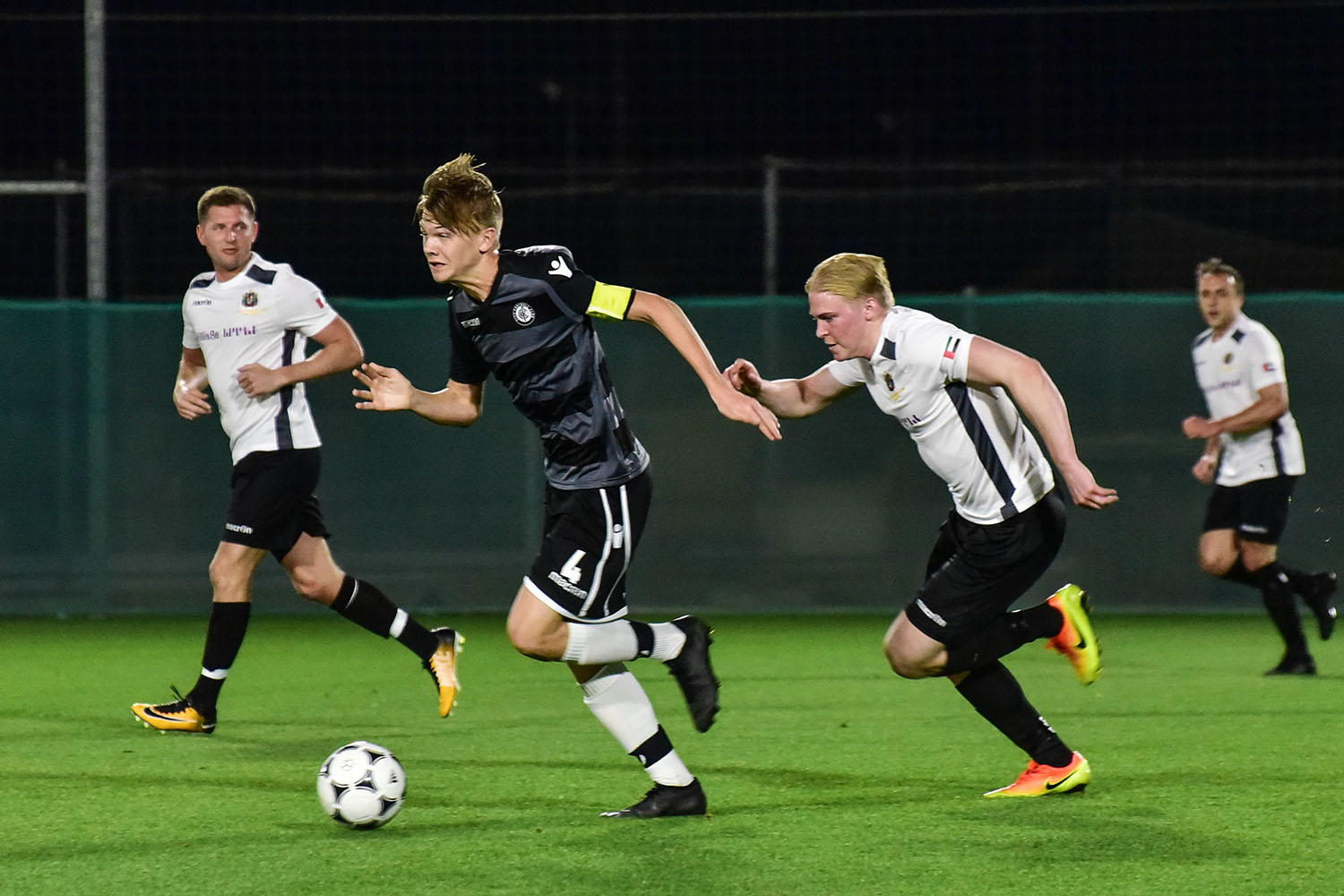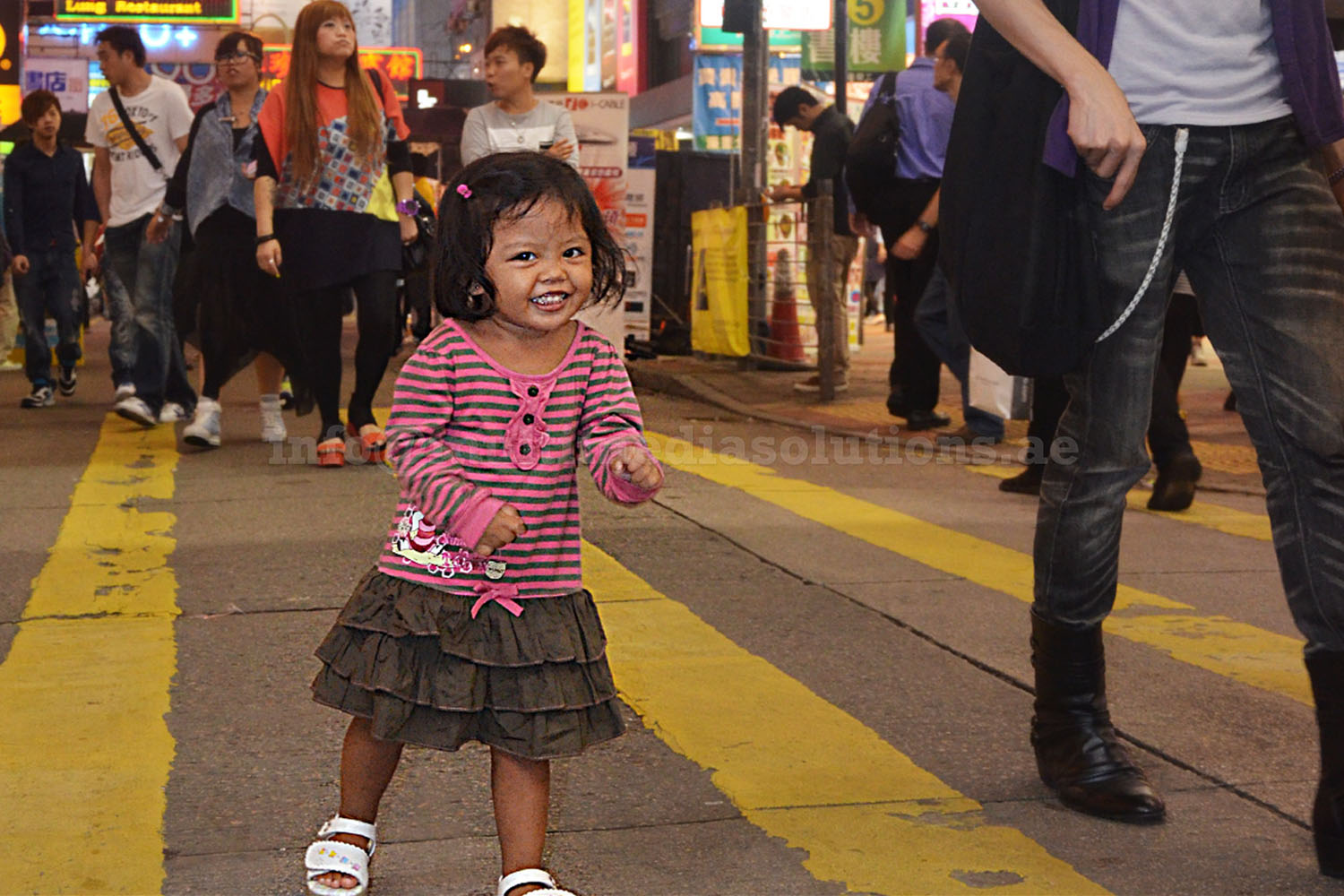Qatar Airways Becomes First Ever Presenting Partner of the Ballon d’Or ® Award Ceremony
Qatar Airways will make history this year as the first ever Presenting Partner of the world’s most prestigious award ceremony in football, Ballon d’Or®, reinforcing the airline’s deep commitment to global sport and excellence. The landmark 69th edition of the Ballon d’Or® will take place on 22 September 2025 at the Théâtre du Châtelet in Paris, France.

















